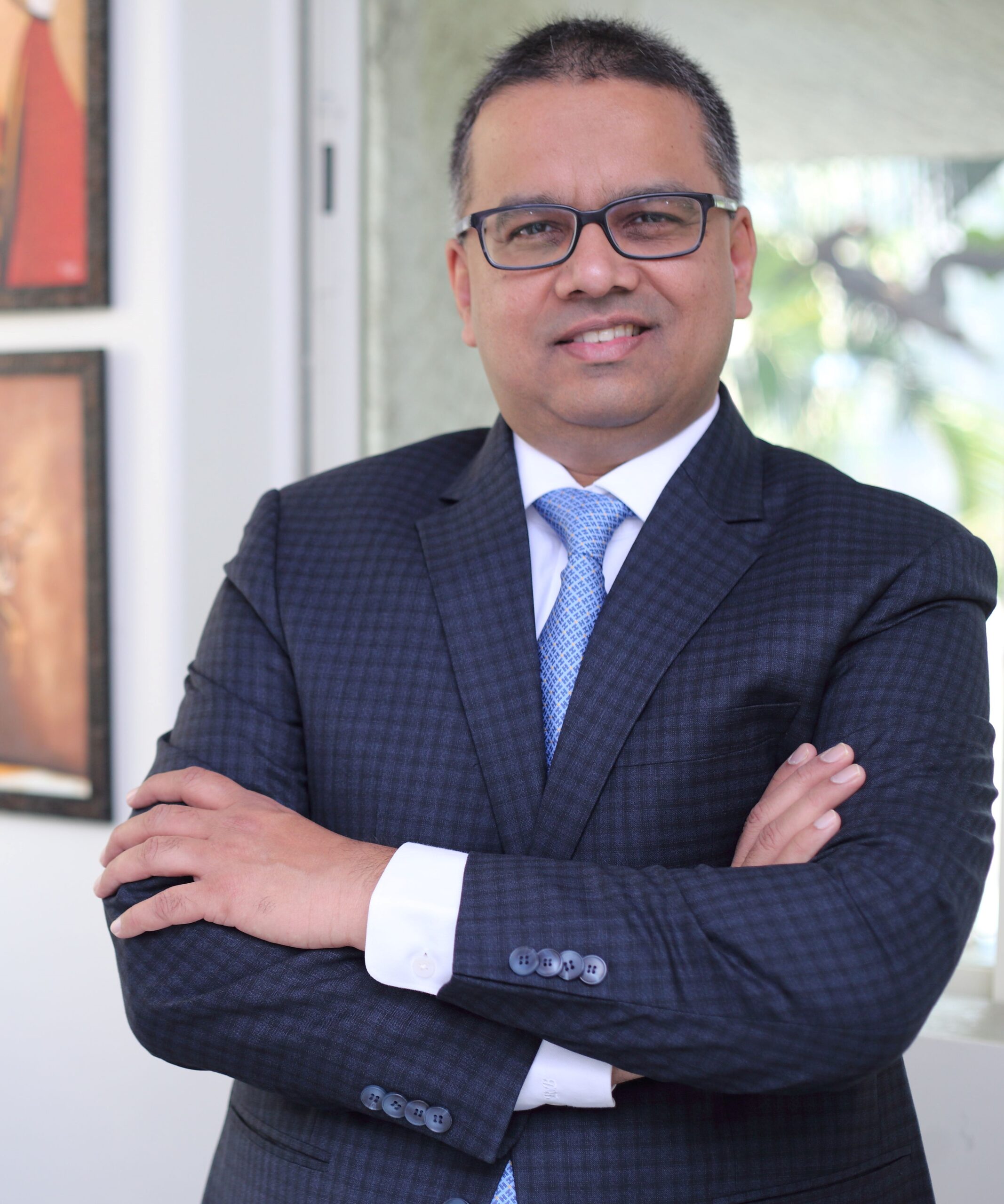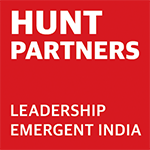Rakesh BhutoriaCEO of SREI Infrastructure Finance Limited
Rakesh Kumar Bhutoria is CEO of Srei Infrastructure Finance Limited, the holding entity for the equipment financing leader, Srei Equipment Finance Limited, and other asset management and broking businesses of the Group.
Prior to joining Srei, Rakesh was Group EVP and Head of Commercial Banking & Strategic Initiatives at IDFC Bank. As a Founding Member of the Bank, Rakesh was instrumental in building a profitable Commercial Banking franchise with a pan India presence. He actively led several initiatives as a Steering Committee Member in the run up to the launch of banking operations at IDFC Bank. He has also served as an Independent Director on the Board of Banyan Tree Bank Limited, Mauritius and chaired key board committees over a three-year tenor.
Before joining IDFC Bank in 2015, he was the Managing Director of Standard Chartered Bank in DIFC, Dubai engaged in Corporate Finance and Strategic Client Coverage across the MENA Region.
Earlier, Rakesh was the Head of Large Corporates & Mid Cap Franchise for Standard Chartered in India. He has worked with Standard Chartered Bank in diverse leadership roles for 14 years. He has also worked in senior leadership roles in GE Capital and CRISIL.
Rakesh has two-and-a-half decades of experience across the financial sector in India and MENA Region. His extensive cross functional leadership experiences across geographies has allowed him to develop strong relationships, insights and convictions. Rakesh is well recognized as a banking industry veteran and is known for his open and engaging leadership style and ability to build diverse teams.
Rakesh is an engineering and management graduate, a Chevening Scholar and an alumnus of London School of Economics and Political Science and University of Oxford – SAID Business School.

ORGANIZATION STRATEGY/ KEY CHALLENGES

1. What was the mandate given to you by the Board when you took over in your role?
When I joined in November 2018, Srei was embarking on a transformational journey consolidating its operations and exiting the high-risk infrastructure finance portfolio. My immediate mandate was to ensure a seamless transition and reduce the overall risk on our consolidated balance sheet. However, the impact of the IL&FS episode on the NBFC sector followed by the pandemic induced stress on our clients have complicated matters. While, at present, the mandate remains the same, we had to realign our priorities in the wake of a changed operating environment.
2. How much of that has been achieved?
Re-positioning an organisation with a three-decade history and which is build out of assets in the infrastructure segments is a journey. We have made good progress in the consolidation aspects by initiating a Slump Exchange and creating a single lending entity in the subsidiary company.
DOMAIN SECTOR (TO CAPTURE CURRENT SECTORAL TRENDS DEVELOPMENTS CHALLENGES)

3. What are the key challenges your organization is facing? Both immediate and long term. And what steps you are taking to overcome?
RBI’s stance is to broadly create a convergence of regulations for commercial banks and large NBFCs. This results in several challenges during the transitionary phase and at a time which is far from normal and reeling under the stress in the real economy due to the Pandemic. So, for infrastructure focused NBFCs like us, the challenges are two-fold – one, the asset side issues due to stress on our clients’ cashflows and two, risk aversion for long-term financing by banks and often the inability due to their own capital adequacy issues.
We are working closely with our creditors and regulators to find an orderly mechanism while reducing the balance sheet size. The negative fallout is on our clients who need financing for their equipment purchases and the same is not necessarily available on time from the banking sector.
4. How have the Pandemic/technology/globalization/economy affected your sector?
The biggest impact has been due to the disruption created by the pandemic in the real economy. Project sites are only now coming back to life but the financial mismatches at the clients’ end are yet to fully play out. We are bracing for a challenging 2021.
One interesting development that has happened during this period is our entry into the digital era by becoming the first company to take our core business of equipment financing online and partnering with a digital platform in order to leverage the opportunities and efficiencies that technology can bring to our sector.
PEOPLE ASPECT

5. What is your talent strategy? How do you draw the balance between home grown vs lateral hiring at the leadership level?
The talent desired at this point has to be truly resilient and adaptable. There are several moving parts and only those who thrive in a dynamic, challenging environment can really deliver and feel professionally satisfied. We make changes based on fitment and our assessment that the new hire can adapt and contribute while remaining motivated. At the leadership level, our preference is for energy spreaders and positive contributors who can cut through the clutter.
6. How does your organization identify and develop future leaders?
Apart from the usual L & D opportunities, we take chances on people by giving them tough assignments based on potential and willingness. At the group level, we have always attempted to inculcate a spirit of entrepreneurship in our workforce in order to promote a sense of ownership and responsibility among our people. The results have been mixed so far. Some folks have surprised us on the upside.
SHORT/MEDIUM TERM OUTLOOK & STEPS TAKEN

7. Every crisis is a learning opportunity, what lessons have you picked up from Covid?
Personally, I have started believing in the Theory of Emergence. That is to get started in a chosen direction and then solving along the way as the issues become clearer. In today’s complex environment, it’s impossible to have all parameters evaluated upfront and then beginning your journey. A belief in yourself, your team and the ecosystem are pre-conditions to jumping into a solution-oriented mindset.
8. In a world full of Volatility, Uncertainty, Complexity & Ambiguity (VUCA), innovation has become one of the most important factors to transform a crisis into an opportunity. How do you promote Innovation?
Innovation is increasingly becoming embedded in everything one does. It’s not a one-time episode in the service industry like ours. Also, there is much more acceptance of small and big failures. At Srei, innovation has been our hallmark. Be it in structured financing, leveraging technology, creating unique partnerships such as co-lending with banks, we have almost always been the first mover in our industry. This has also helped us in managing multiple economic cycles and periods of economic slowdown.
LEADERSHIP

9. How do you define and practice leadership?
I believe in the ‘6C Framework’ – Clarity, Confidence, Commitment, Compassion, Collaboration and Communication. My efforts are to drive the Corporate Agenda through these tenets on a daily basis.
10. We see many Indian leaders on the global stage. How can more Indian leaders become Global Leaders?
As Indian Corporates globalize this will naturally happen. Scale is critical for Indian Leaders to be taken seriously on the global front. We already have enough diversity of experiences, but often scale is the missing element.
PERSONAL

11. What are the 3 most pivotal moments in your career that you learned from and/or that got you where you are today?
- One was the dot com phase when I was the CEO of a B2B platform in the late 90s.
- Another was my stint in the Middle East covering UAE, Oman, Qatar, Kuwait for certain strategic segments for a British MNC Bank.
- Thirdly is the Board role for three years for a bank in Mauritius.
12. What message would you like to share with young professionals?
Try and reflect on the 6C framework and make your own action points that you find are worth your while. Everything is an offer – make the most of every situation that you find yourself into.
